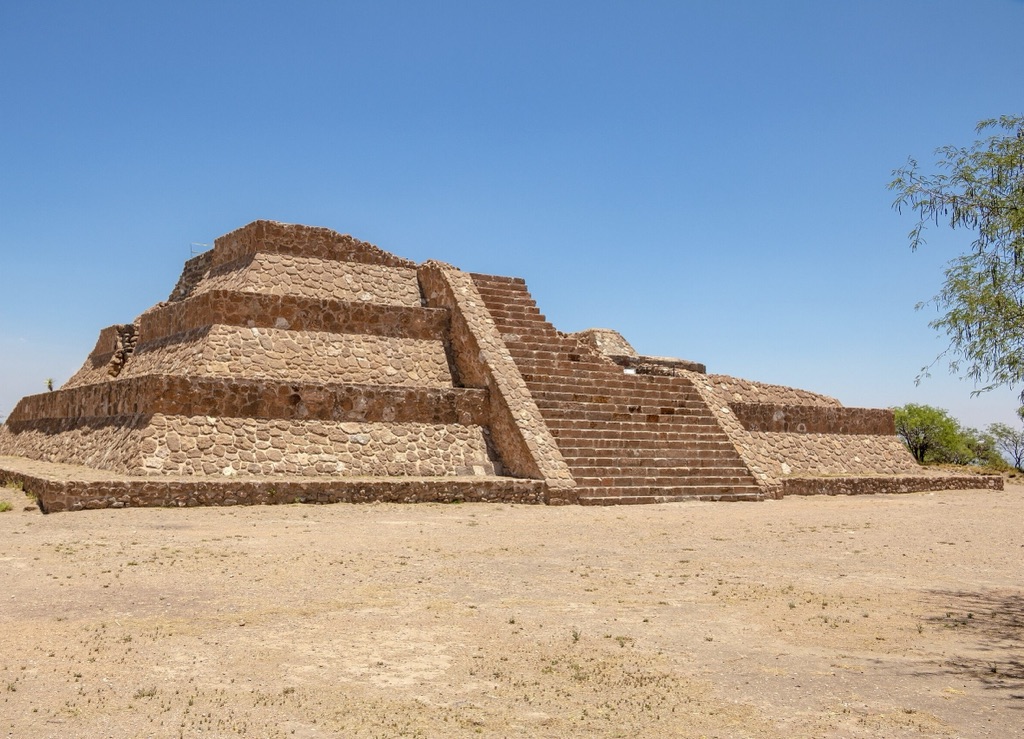Summary
Historical Significance of Pahñú
Embedded in the heart of Mexico lies Pahñú, a historical site reverberating with ancient stories and cultural wealth. This age-old archaeological treasure offers visitors a vivid window into the lives of the indigenous people that once thrived there. With its grand stone structures and intricate carvings, Pahñú stands as a testament to the Otomí people’s ingenuity and spirituality. Scholars believe that the site might have served as a ceremonial center, making it a focal point for understanding pre-Columbian religious practices. The history etched into every corner of Pahñú paints a detailed picture of the complex social and political dynamics of early Mesoamerican civilizations.
Get your dose of History via Email
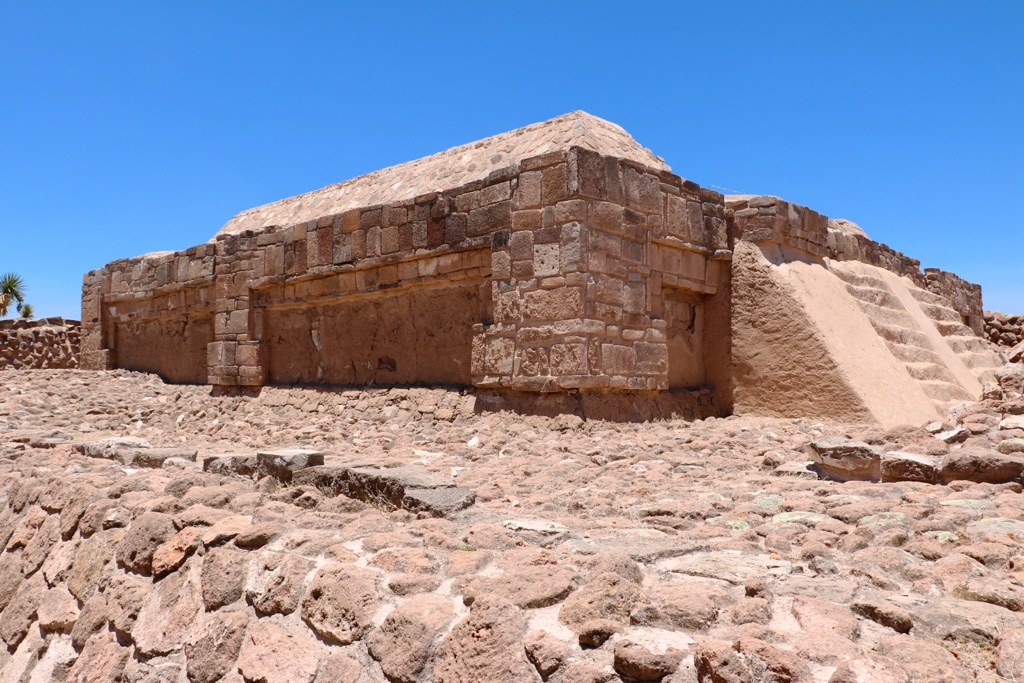
Architecture and Artifacts
Pahñú is not only significant for its historical narratives but also for its striking architectural achievements. The towering pyramids and plazas speak volumes about the advanced building techniques of its constructors. Archaeologists have unearthed an array of artifacts such as pottery, tools, and jewelry displaying exquisite craftsmanship. These findings provide insights into everyday life, trade, and the artistic expressions of the Otomí. The alignment of certain structures with celestial events also reflects the community’s deep understanding of astronomy and its role in agricultural cycles and rituals.
Preservation and Tourism
Today, efforts to preserve Pahñú ensure that future generations can explore and appreciate this cultural gem. The site is meticulously maintained, guarding against the natural decay time brings. for historians and tourists alike, encountering Pahñú is like stepping into a bygone era. As it becomes increasingly popular among travelers seeking authentic historical experiences, local initiatives promote sustainable tourism. This approach aims to protect the site’s integrity while fostering economic growth and cultural exchange in the surrounding communities. The preserve-and-share model adopted at Pahñú serves as a blueprint for heritage conservation worldwide.
Historical Background of Pahñú
Ancient Origins
Pahñú stands as a mysterious bridge to the past, nestled in the rugged terrain of Mexico’s Hidalgo state. Archaeologists trace its roots back to the Epiclassic period, positioning it as a cultural cornerstone of Mesoamerica. This site bears the mark of the Otomí people. It showcases their mastery of land and spirit. Despite the challenges of scant historical records, Pahñú’s layout hints at its focus on ritualistic activities. Celebrations and sacrifices perhaps shaped the daily goings-on here. Locals today recall the legends passed down through generations. They speak of the prowess and depth of their ancestors’ civilization.

Religious Significance
The very stones of Pahñú reverberate with the spiritual energy of times long gone. Its complex of pyramids and altars suggest a deep religious significance. Here, priests and commoners alike might have gazed at the stars, searching for divine signs. The architecture aligns with celestial bodies, intertwining the cosmos with religious rites. Each structure serves as a chapter in an unwritten book. It narrates the story of detailed spiritual customs and astronomical wisdom of the ancient Otomí.
Architectural Masterpiece
The ingenuity of Pahñú’s builders is evident in its towering monoliths and step pyramids. These feats of engineering would have required not just strength. They needed sophisticated understanding of the sciences and arts. The terraces and buildings crafted from local stone withstand the tests of time. Also, they beckon onlookers to ponder their original grandeur. Such construction might align with agricultural cycles, hinting at a calendar system ahead of its time.
Evidence of life and culture at Pahñú goes beyond the grand gestures of architecture. Excavations reveal smaller treasures: pottery shards, obsidian flakes, and remnants of textiles. Each item weaves a narrative. It clues us into the daily lives, trades, and artistic expression of the ancient residents. Together, these artifacts fill in gaps in the historical tapestry of the Otomí, making Pahñú a treasure trove for anthropologists and historians alike.
Preservation efforts and tourism at Pahñú are pivotal to maintaining its historical and cultural narrative. These initiatives stave off the wear and tear of nature and human impact. They ensure that Pahñú remains accessible to those who seek a glimpse into the past. Meanwhile, sustainable tourism practices foster respect for the land. This assures that Pahñú’s stories continue to resonate. They must inspire awe in every traveler and student of history drawn to explore its ancient pathways.
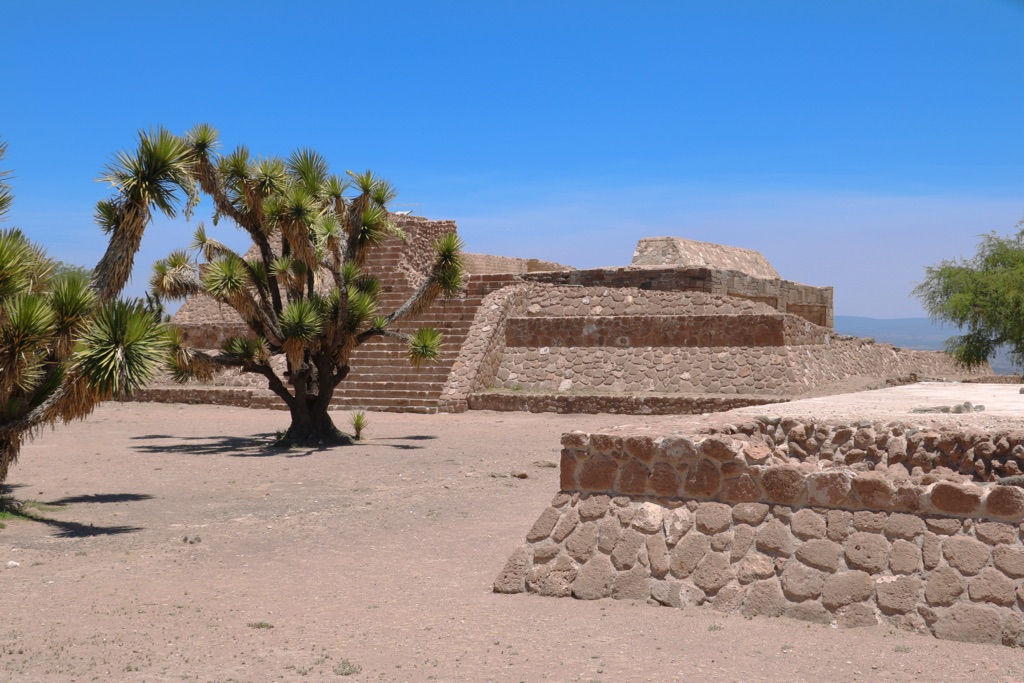
The Discovery of Pahñú
Initial Unveiling
As the sun cast long shadows over the Mexican landscape, a local stumbled upon the first signs of Pahñú. What seemed like an ordinary hill turned out to be a pyramid covered by centuries of overgrowth. The year was 1992, a time when such discoveries were rare. In the months to follow, experts from the National Institute of Anthropology and History arrived. They scoured the site and slowly peeled back the veil of time. The ground revealed platforms, altars, and the remnants of a society long silent.
The Archaeological Breakthrough
The find soon caught the attention of archaeologists worldwide. Renowned for their zeal and expertise, these professionals brought new technologies to bear. They ground-penetrating radar to map the extent of Pahñú. As soil sifted through their fingers, they turned up artifacts that lit the path to understanding. Jade figures, pottery with unique patterns, and obsidian tools lay among the weeds. These treasures started to sketch a story of Pahñú’s past. They echoed the rhythms of a culture once vibrant and complex.
Understanding Pahñú’s People
Efforts to date the site put Pahñú in the Mesoamerican post-classic period, around 900 to 1200 AD. At the time, various indigenous groups might have thrived in central Mexico. As researchers composed a picture of everyday life, they postulated. Perhaps the Otomí used Pahñú as a ceremonial center. They made offerings to their deities, and elite families coordinated the affairs of state. It was clear the discovery was not just of a place but of a people and their worldview.
International interest in Pahñú was inevitable. Protecting the site became a priority as looters and the curious descended. Authorities declared Pahñú a protected zone. They drew up plans. This would both preserve the heritage and share it appropriately. As the millennium turned, Pahñú grew from an initial chance discovery to a guarded and respected archaeological site.
Today, access to Pahñú balances the need for ongoing study with public curiosity. Visitors carefully walk the ancient paths. At the same time, researchers continue to reveal layers of history. Both come seeking answers. Both leave with a deeper appreciation for the complexity buried within Pahñú. As its story continues to unfold, its discovery remains a defining moment in the cultural landscape of Mexico.
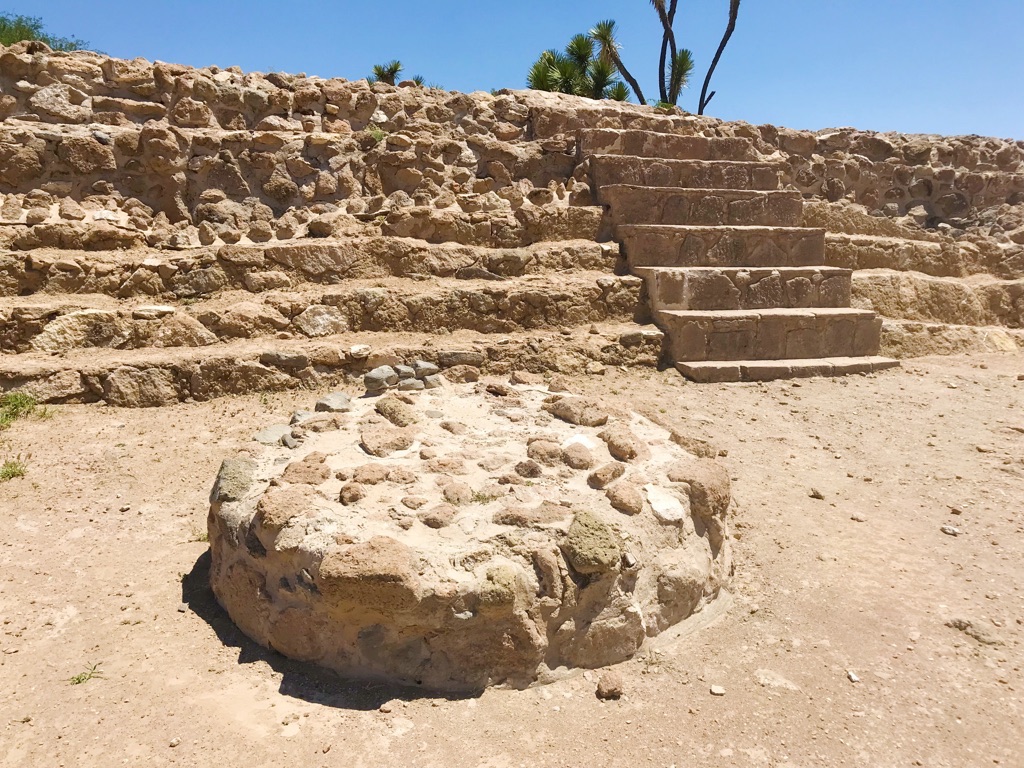
Cultural Significance, Dating methods, Theories and Interpretations
Unlocking the Age of Pahñú
Experts have delved into the past of Pahñú using a range of dating methods. Radiocarbon dating has been instrumental. It has gauged the age of organic materials found on site. Working in tandem, thermoluminescence dating has pinpointed the last time the site’s ceramics were heated. Together, these techniques suggest that Pahñú’s heyday was from 500 to 900 AD. Yet, uncertainty remains. So, further studies aim to refine this timeline and iron out anomalies.
The Heart of Otomí Culture
The cultural significance of Pahñú can’t be overstated. It was a hub for the Otomí — a group known for their warrior spirit and botanical knowledge. Pahñú’s central plaza likely hosted key social and religious events. Here, the community bonded and expressed their identity. The site’s art and architecture also suggest a reciprocal relationship with neighboring cultures. This points to a complex mesh of shared traditions and distinct practices.
Theory: A Ceremonial Powerhouse
Some argue that Pahñú served as more than a settlement. They see it as a ceremonial powerhouse. Perhaps rituals here aligned with the stars to mark seasons and sacred times. This theory builds on the site’s architectural orientation and the unearthed remains of potential sacrificial altars. Scholars remain divided, with some advocating for a more defensive role for Pahñú. Its high vantage point might have made it a stronghold in turbulent times.
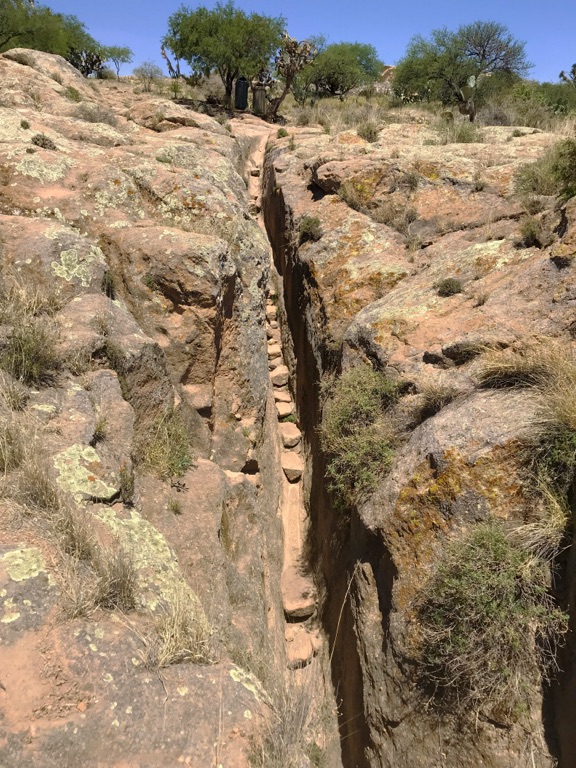
Interpreting Pahñú is a dance with ambiguity. Every discovery seems to pose new questions. Stone carvings depict deities unknown to modern scholars. Structures suggest knowledge of complex celestial events. Theories emerge and evolve. They weave a rich tapestry of potential explanations. Today’s best guesswork may be tomorrow’s outdated mythology. Pahñú remains an enigma, its full story perhaps yet to surface.
Still, each interpretation adds depth to our understanding of Pahñú’s past. Whether as a ceremonial site or a strategic stronghold, it’s clear Pahñú is pivotal to our grasp of ancient Mesoamerican life. It shines a light on the Otomí legacy. It helps us appreciate the interconnectivity of cultures before the rise of modern nations. More than stones and soil, Pahñú is a portal into a profound human journey that continues to unravel with time.
Conclusion and Sources
In conclusion, Pahñú is not only a testament to the complex history of Mesoamerica but also an invaluable key to understanding its rich cultural fabric. The site has prompted a reevaluation of the pre-Columbian political, social, and religious dynamics of the Otomí people. Despite advancements in archaeological methods, Pahñú continues to hold its secrets closely, challenging scholars and enthusiasts to question and reinterpret its profound legacy. As each layer is unearthed, it adds a new narrative, enhancing our respect for the ingenuity and beliefs of our ancestors.
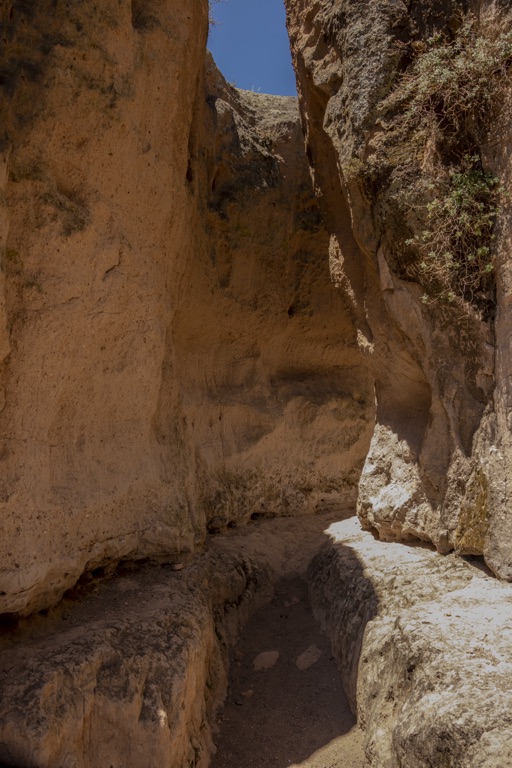
For further reading and to validate the information presented in this article, the following sources are recommended:
Or you can check any of these reputable archaeological and historical texts:
Here are several reputable sources that provide further reading and evidence of the significance of Pahñú:
National Institute of Anthropology and History (INAH). (2021). ‘Pahñú Archaeological Zone’. [online] INAH.
Rodríguez, M. T. & Hernández, C. L. (2018). ‘The Otomí from pre-Hispanic times to the present’. Ethnohistory Research, LLC. [online] Mexico Lore.
Smith, M. E. (2009). ‘Votive Objects and Offerings at the Templo Mayor of Tenochtitlan’. Ancient Mesoamerica, 20(1), pp. 97–108. DOI:10.1017/S0956536109000131.
García, E. M. (2017). ‘Archaeoastronomy in Mesoamerican and Andean Cultures’. International Journal of Archaeology and Social Sciences in the Andes and the Americas, 4(2), pp.5-24.
López Luján, L., Carrasco D., Carrasco M., & Ávila, F. J. (1999). ‘The Offerings of the Templo Mayor of Tenochtitlan’. Translated by B. D. L. R. De Montellano & T. C. Jiménez. University Press of Colorado.

